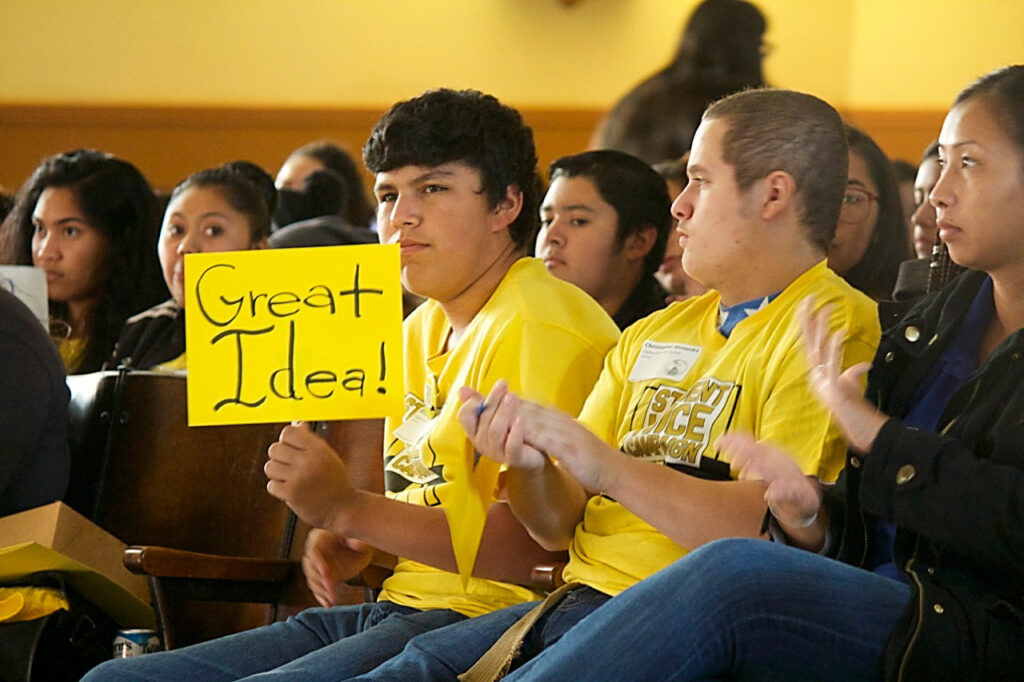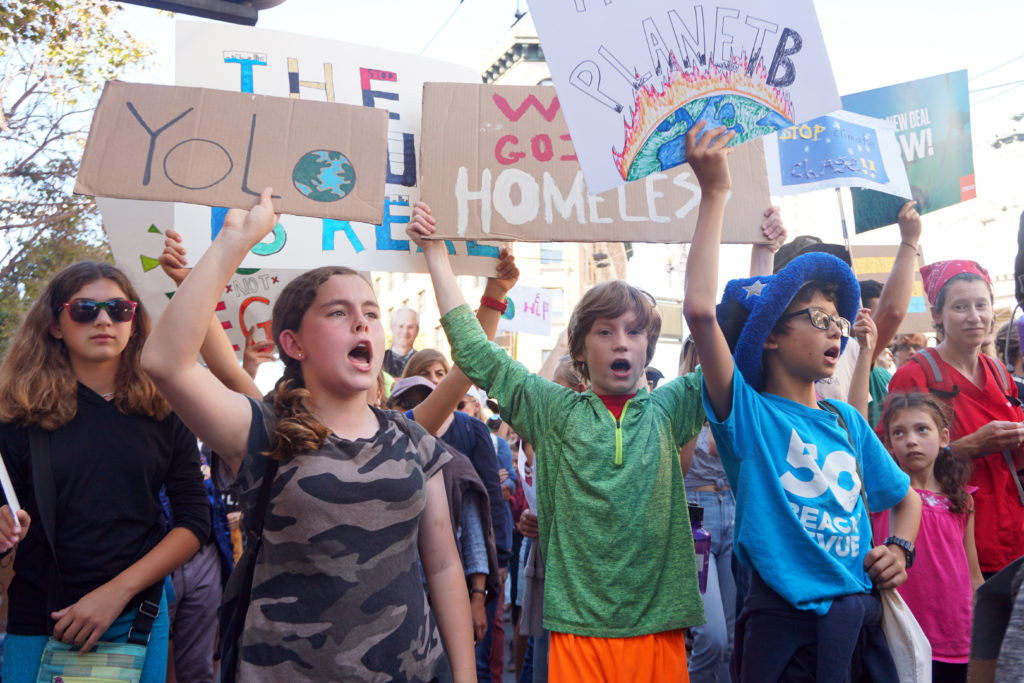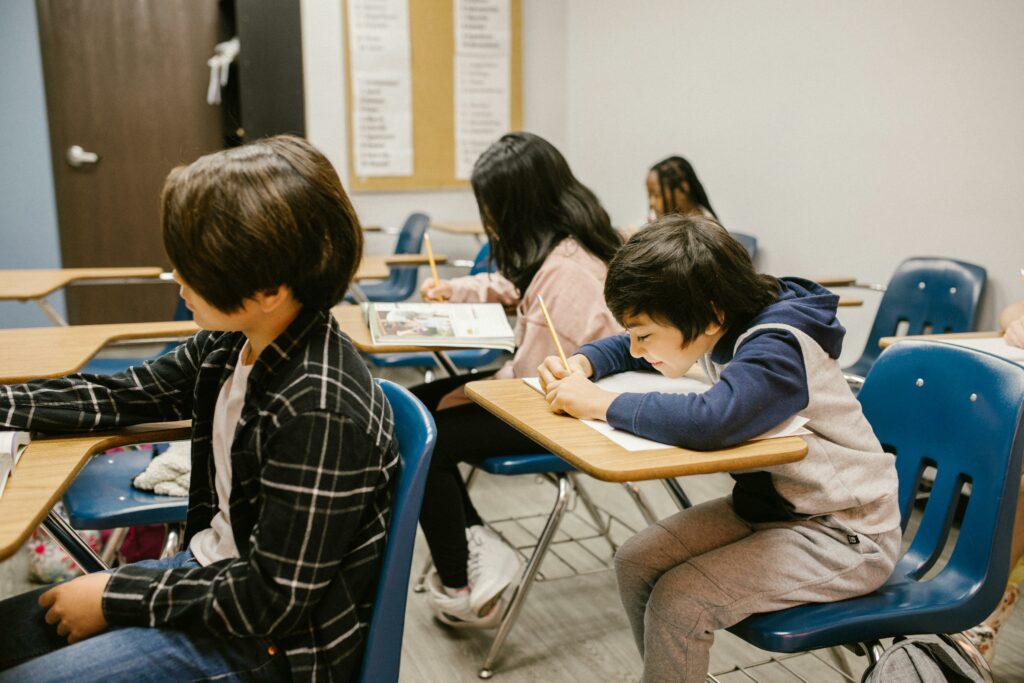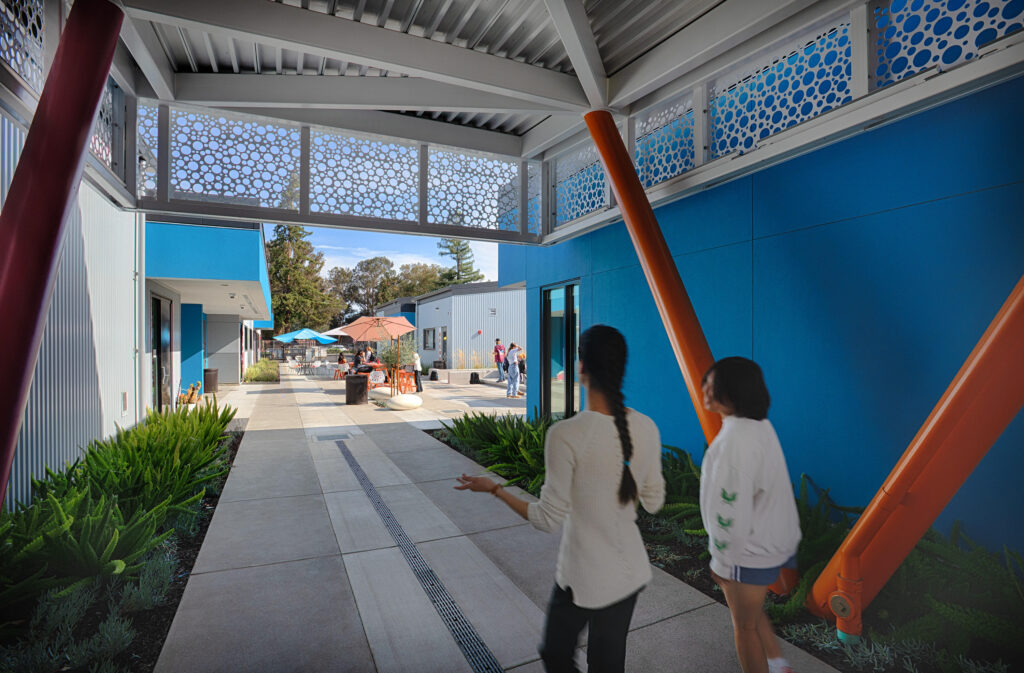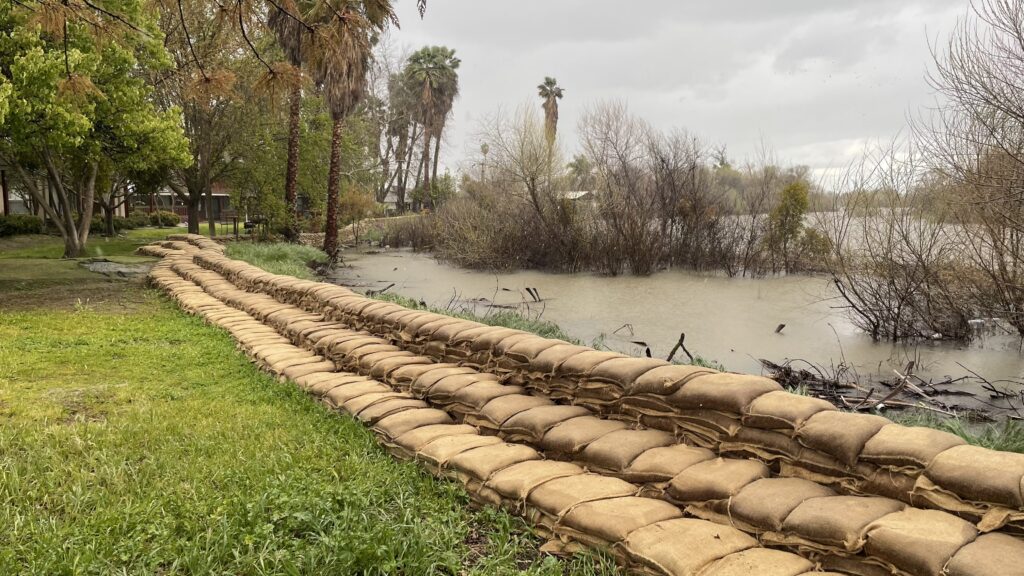Perry Stein of The Washington Post wrote about the arbitrary dismissals at the Justice Department, as Attorney General Pam Bondi clears out anyone suspected of disloyalty to Trump’s agenda.
Republicans complained in the past that Biden was “weaponizing” and “politicizing” the Justice Department. That was not true. But it’s happening now, and Republicans don’t care. Lawyers who worked on prosecution of January 6 insurrectionists are being terminated, as are those who worked on investigations of Trump. If Trump and Bondi succeed, only Trump loyalists will still have a job in the Justice Department. James Comey’s daughter, who was a prosecutor of Jeffrey Epstein and Ghislaine Maxwell, was fired from
Her job in the New York office of the Justice Department.
Stein writes:
The Trump administration is firing and pushing out employees across the Justice Department and FBI, often with no explanation or warning, creating rampant speculation and fear within the workforce over who might be terminated next, according to multiple people with knowledge of the removals who spoke on the condition of anonymity to avoid retribution.
Some people are simply fired, delivered a notice signed by Attorney General Pam Bondi that cites the broad powers afforded to the president in the U.S. Constitution. Others, particularly at the FBI, are told they can leave or be demoted or terminated.
The removals appear more individually targeted, and are happening in smaller numbers, than the high-profile ousters of senior Justice Department and FBI officials in the early months of President Donald Trump’s second term, when he returned to the White House vowing to clean house at the federal law enforcement agency that had brought two criminal cases against him. They are unrelated to the mass reductions-in-force and reorganizations that Trump has launched at many other federal agencies, which the Supreme Court has said may move forward for now.
Multiple people familiar with the Justice Department said scores of experienced staffers are opting to voluntarily leave the government to avoid being fired at random or asked to do things that would potentially violate their legal ethics. Their departures are worsening staff shortages in major divisions and U.S. attorney offices and have created an opening for the Trump administration to further shape the Justice Department workforce, allowing officials to fill career staff vacancies with attorneys who align ideologically with the president.
“Many, many lawyers have resigned on their own power because they saw the writing on the wall,” said Max Stier, chief executive of the Partnership for Public Service, a nonprofit organization that pushes for a strong federal workforce. “They understood if they didn’t leave on their own volition they would be subject to firing — or if they stayed they felt they couldn’t uphold their oath in a way that was consistent with their integrity.”
The lack of explanation for the firings has fueled rumors, multiple people familiar with the situation said.
One Justice Department lawyer was suspected of being fired because he used “he/him” pronouns in his email signature. People interviewed say they believe another attorney was ousted because of a message he put on social media. Others told to leave may not mesh with or may be disliked by Trump’s political appointees, the people said. And some are suspected of speaking to the media without authorization.
“Notice of Removal from Federal Service,” the subject line in the email from Bondi to one employee read. It continued: “Pursuant to Article II of the United States Constitution and the laws of the United States, you are removed from federal service effective immediately.”

